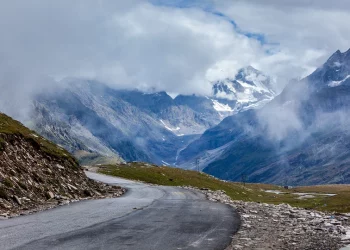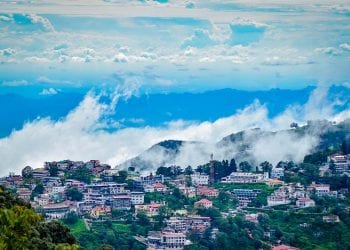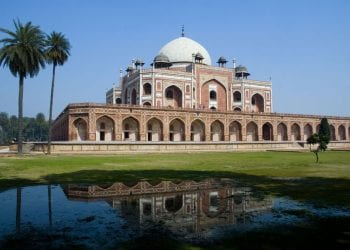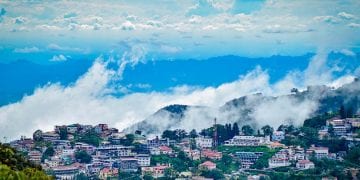Banswara: The City of Hundred Islands- Major Tourist Attractions in the City
The Banswara district is situated in South Rajasthan and forms the eastern part of the region known as Vagad or Vagwar. This district is a former princely state ruled by the Maharavals. According to folklore, a Bhil ruler, Bansia ruled over it, and it is believed the Banswara was named after him. Bansia was defeated and killed by Jagmal Singh who became the first Maharaval of the princely state.
It is also named Banswara because of the abundance of bamboos (Bans) in the forests here.
On 17 November 1913, the Banswara district of South Rajasthan bore witness to a little-known massacre of hundreds of tribals by the British. This was known as the Banswara massacre or Rajasthan’s Jallianwala Bagh massacre. They were protesting under the headship of a social reformer Govind Guru, who was inspired by Dayanand Saraswati.
Banswara is also known as the ‘City of Hundred Islands’, due to the presence of numerous islands in the Mahi River that flows through the state. The district features a varied mix of topography with fertile plains of rice, maize, wheat, cotton, soya bean, and gram covering the entire central and western regions, while the Aravallis range flank the Eastern side. The area lies dotted with rich teak forests and mango, date, and mahua trees, and is home to diverse wildlife.
History of Banswara
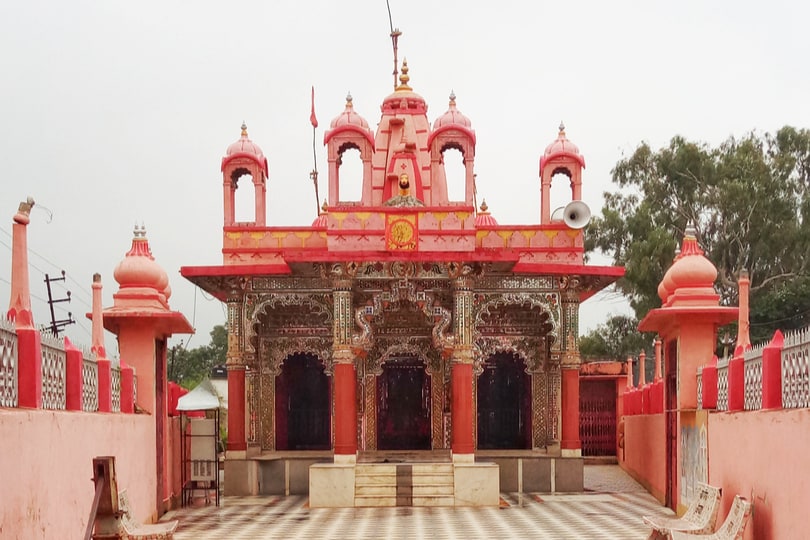
Banswara was a Rajput feudatory state in Rajputana during British India.
In 1913, Banswara witnessed a massacre, also known as Rajasthan’s Jallianwala Bagh. The Bhils revolted under the leadership of social reformer Govind Guru, who was an ardent follower of Dayanand Saraswati. He launched the Bhagat movement asking the Bhils to adhere to vegetarianism and abstain from all kinds of intoxicants. The Bhils began opposing taxes imposed by the British and forced labor imposed by the princely states of Banswara. Fearing tribal revolt, the British and the princely states decided to crush the uprising. On 17 November 1913, the British forces opened fire on tribals who gathered on the Mangarh hillock situated in the Aravalli ranges on the Rajasthan-Gujarat border.
The British asked them to vacate Mangarh hill by 15 November, but they refused. On 17 November, the tribals were gathering for a meeting when the British forces under Maj S Bailey and Capt E Stiley opened fire from cannons and guns on the crowd. Though there are no official numbers, locals say about 2500 people were killed in cold blood.
Major Tourist Attractions in the City
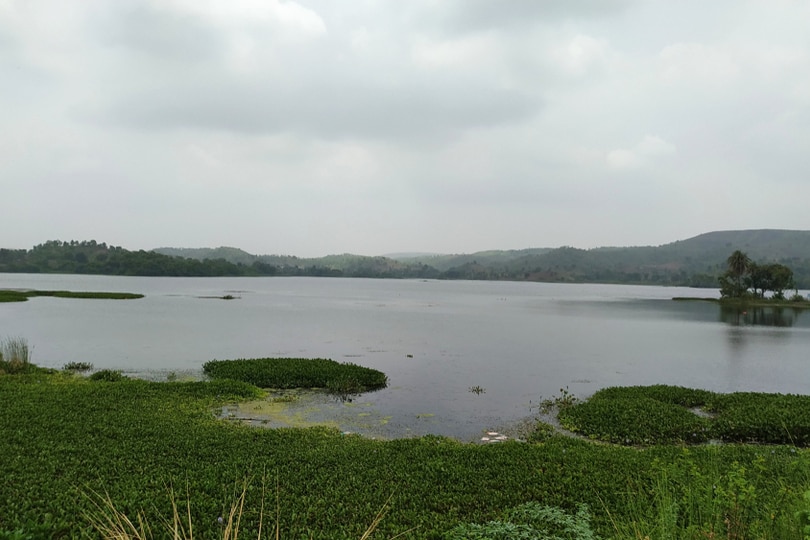
Banswara has no dearth of tourist attractions. The city boasts of places that are historically and culturally significant, places that ooze religious and spiritual fervor, and places that are blessed with the wonders of nature.
Some of the most exciting tourist attractions here are-
1. Arthuna
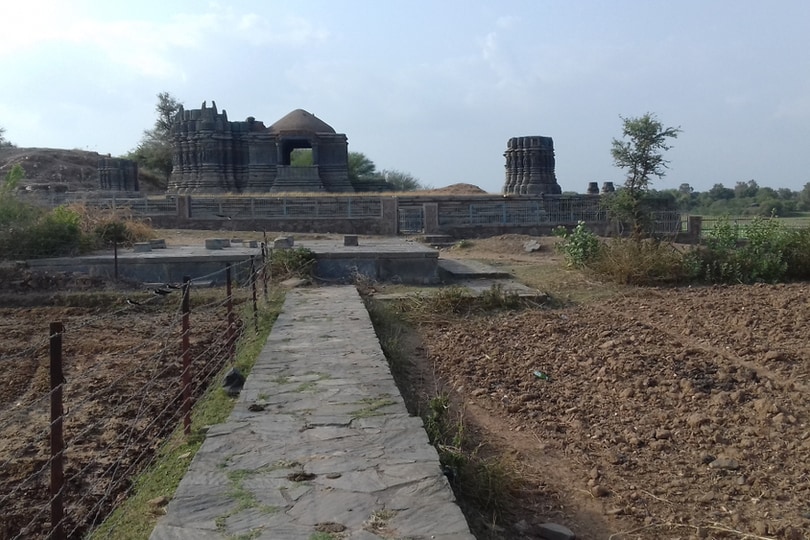
The old name of the place was Utthunaka. It was the capital of the Paramara rulers of Vagada during the eleventh-twelfth centuries A.D. They were patrons of both Jainism and Saivism, hence they constructed several Siva temples here at Arthuna. This place, as well as the areas surrounding it, have clusters of ruined Hindu and Jain temples belonging to the 11th, 12th and the 15th centuries. They now lie in ruins but are a fine example of the architectural mastery and religious devotion of those rulers. Amid the ruins lies a carved conjugated statue of Shiva, Parvati, and Ganesh. A village named Lankiya, that lies in close proximity to Arthuna has a Shaivite Temple called Nilkanth Mahadev temple. The temples here contain several beautifully designed idols of Lord Ganesh, Lord Shiva, and Goddess Parvati. The Nilkanth Mahadev Temple is an old school temple that is decorated with intricate carvings and has sculpted images of women adorning its outer walls. The bull of Lord Shiva, Nandi, stands at the entrance in the temple porch as if it is guarding the structure.
2. Andeshwar Parshwanathji
Andeshwar Parshwanath Temple is situated on a hillock in the Kushalgarh tehsil of Banswara district. This temple houses within itself rare Shilalekhs from the 10th century. The Andheshwar Parshwanathji also houses two Digambar Jain Parshwanath Temples. The main temple was built by Digambar Jain Panchayat of Kushalgarh. The main idol of Bhagawan Parshwanatha is protected by seven hoods.
3. Abdullah Pir Dargah
Abdullah Pir is a Dargah of Sayed Abdul Rasul Saheed and is one of the most famous places of pilgrimage in the state of Rajasthan. It holds religious and spiritual significance for the Bohra community. The Dargah is situated in the southern part of the city and thousands of Bohra Muslims from all over the country visit this shrine to pay their respects. On 10th Rabi’ al-awwal, every year “Urs” is held at the Dargah. The people of the Bohara community take part in it in large numbers. The festival takes place for 6 days and there are night-long musical programs featuring qawwalis. Thousands of pilgrims from all over the country travel to Banswara during this time.
4. Anand Sagar Lake
The Anand Sagar Lake is an artificial lake, which was constructed by Lanchi Bai, the Rani of Maharval Jagami, and is located in the eastern part of Banswara. The trees surrounding the lake are called Kalpa Vriksha and are considered holy. It is believed that the trees here have wish-fulfilling properties. The chhatris or cenotaphs of the rulers who ruled the state also lie nearby. If you are looking to spend some beautiful moments at a tranquil lake amid the pristine beauty of nature, then this is the perfect place for you.
5. Dailab Lake
Dailab Lake is one of the most scenic spots in the town. It is believed that during their exile, the Pandvas stayed her for a short while. The entire lake is covered with lotus flowers and it is a beautiful sight. There is a Palace called Badal Mahal at the bank of the lake. The palace was the summer resort of the erstwhile rulers and now is a famous tourist spot of Banswara. Visit this place to spend some tranquil moments away from the hustle and bustle of the city.
6. Madareshwar Temple
The temple of Mandareshwar is dedicated to Lord Shiva- the God of destruction- and is situated in the eastern part of Banswara city. This quaint temple is inside a natural cave perched on a hill. Banswara has several ancient Hindu and Jain temples, and in the past was known as Lodi Kashi or the city of temples. This particular temple presents panoramic views of the entire city. Owing to its location, this temple provides an Amarnath Yatra like feeling to the pilgrims.
7. Mahi Dam
Mahi Dam is one of the major attractions of Banswara. It is located 16 kilometers from Banswara town in Banswara district Rajasthan, India. The dam was constructed between 1972 and 1983 under the Mahi Bajaj Sagar Project, for hydroelectric power generation and water supply. Various dams and canals have been constructed and boast enticingly enchanting scenic surroundings. Near the dam, there is an enticing garden with a fountain. It is the second-largest dam in Rajasthan.
8. Paraheda
Paraheda is a famous Shiva Temple situated in the Garhi Tehsil of Banswara. It dates back to the 12th century and was constructed by the then King Mandlik. It is approximately 22km from Banswara.
9. Shri Raj Mandir
Shri Raj Mandir, more fondly and popularly known as the City Palace was constructed in the 16th century and is perched on a hillock overlooking the town.
It covers a huge area and it follows a typical style of Rajput architecture. Even though many royal palaces in Rajasthan are now being managed by the government due to lack of funds, the royal family to which this palace belonged originally are still the sole owners of this grand building.
10. Talwara
Talwara is another place to visit near Banswara. Its historical significance lies in its primeval temples and the ruins of some old monuments. The temples of Sun Lord Amaliya Ganesh, Laxmi Narayan Temple, and Jain Temple of Sambhavnath make Talwara a religiously important site. The idols in these temples are carved in local black stone.
11. Tripura Sundari
Tripura Sundari is the name of the temple devoted to goddess Tripura Sundari or Turita Mata. This temple houses a magnificent idol of the deity made from black stone. This idol has 18 hands with each one depicting a different emblem. The Goddess is seen riding a tiger. It is believed that it’s one of the Shakti Peethas of Hindus. It is believed that this temple was built before Samrat Kanishka ruled here. The exact date of its construction is not yet known. It is one of the Shakti Peethas of Hindu religion and it is believed that this place is blessed with divine powers.
12. Sai Temple
Dedicated to Sai Baba, the Sai Temple is one of the most revered places in Banswara. It houses a big idol of Sai Baba made from dazzling white stone. The temple features beautiful architecture and intricate carvings.
Banswara is a unique place that is blessed with an interesting history and amazing places to see. You should plan your trip to this City of Hundred Islands for an exceptionally amazing travel experience.
P.s. You might like these related resources:
- Ranthambore National Park Safari – A Detailed Guide
- Find out the best time to visit Udaipur make the most of its attractions!
- 10 things to do know before visiting the Udaipur city!
- Most popular temple in Rajasthan that you should not miss!
Recent Posts
Top Picks
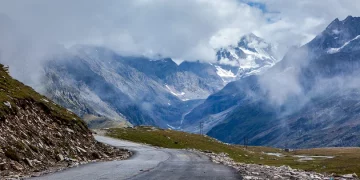
- OYO
 15 April, 2024
15 April, 2024 - Cultural Tour

- OYO
 15 April, 2024
15 April, 2024 - Cultural Tour

- OYO
 15 April, 2024
15 April, 2024 - Cultural Tour

- OYO
 15 April, 2024
15 April, 2024 - Cultural Tour

- OYO
 15 April, 2024
15 April, 2024 - Cultural Tour

Please rotate your device
Please go back to portrait mode for the best experience



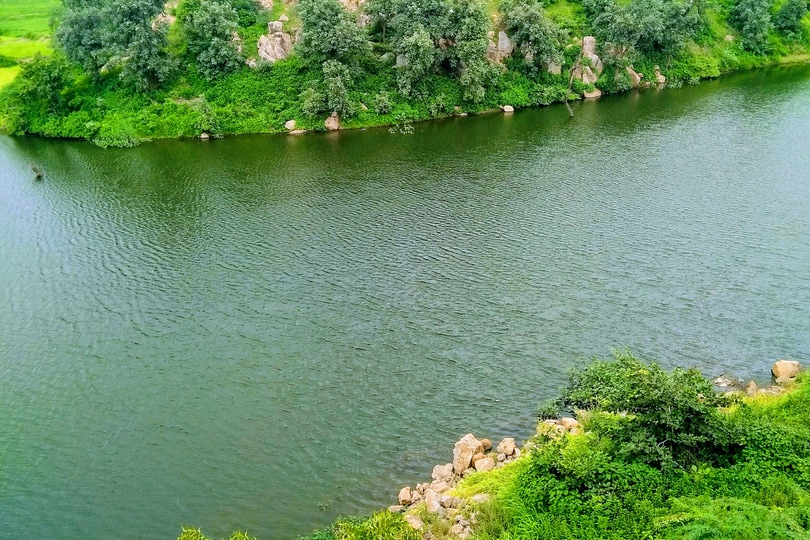

 April 15, 2024
April 15, 2024 